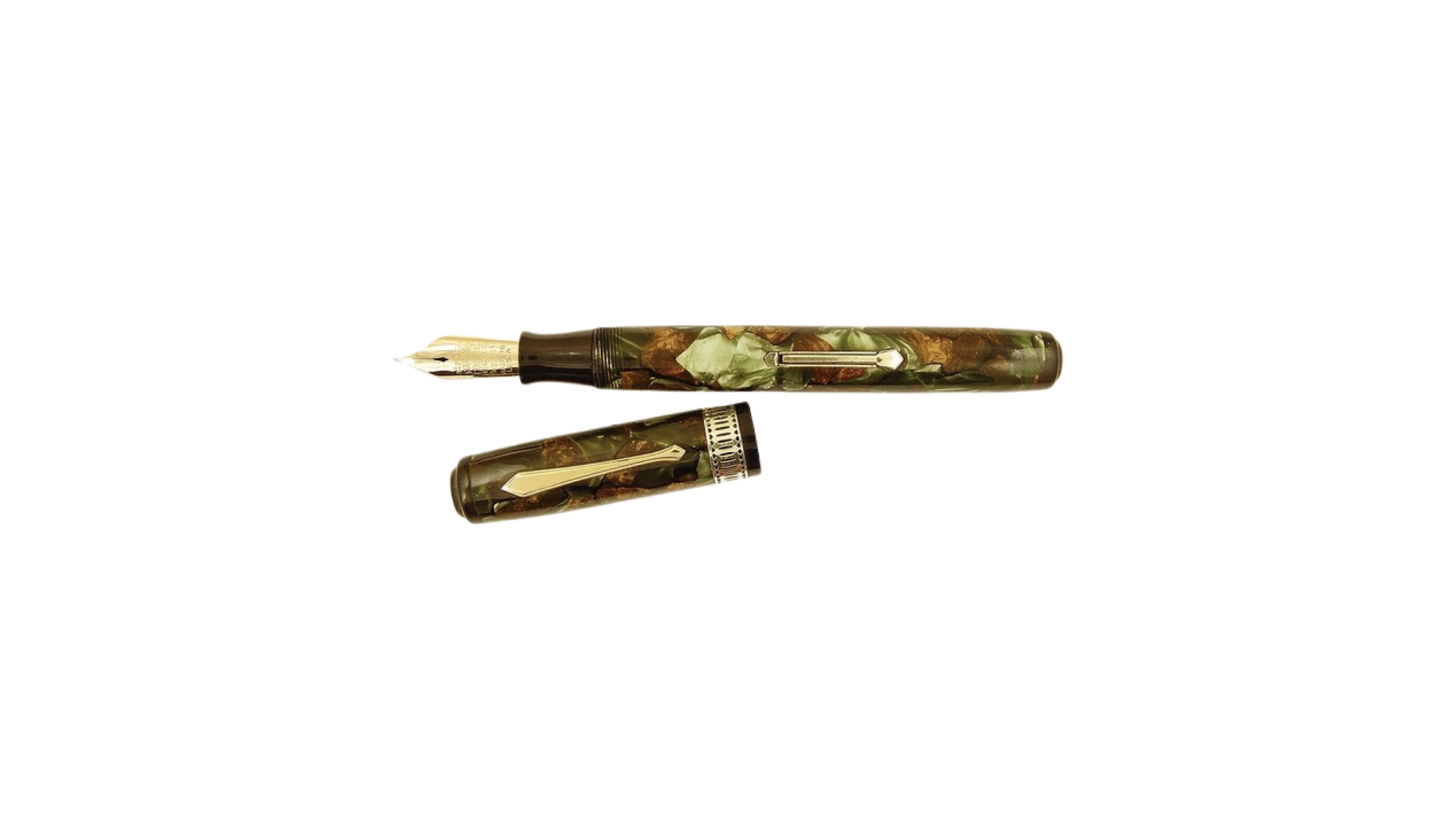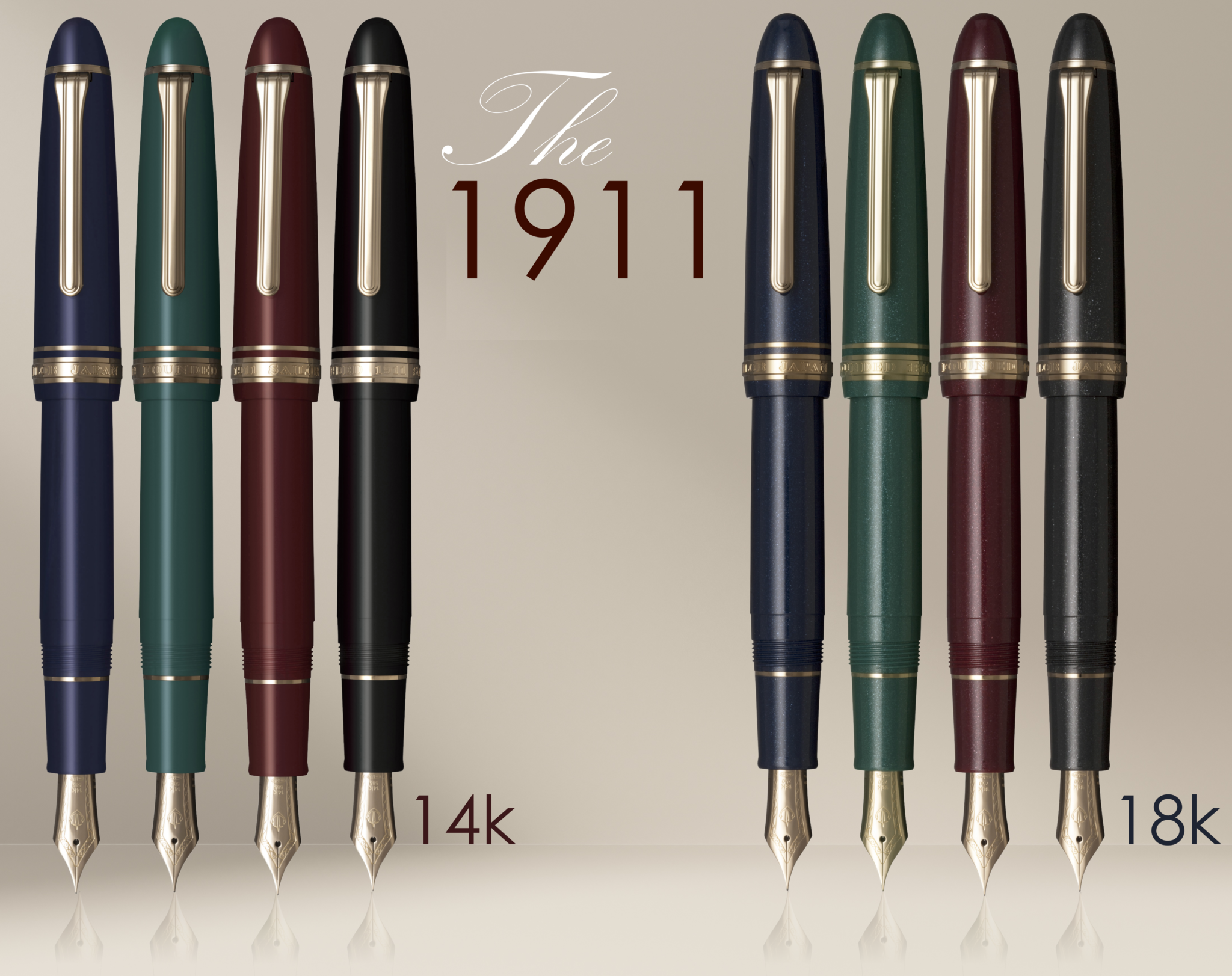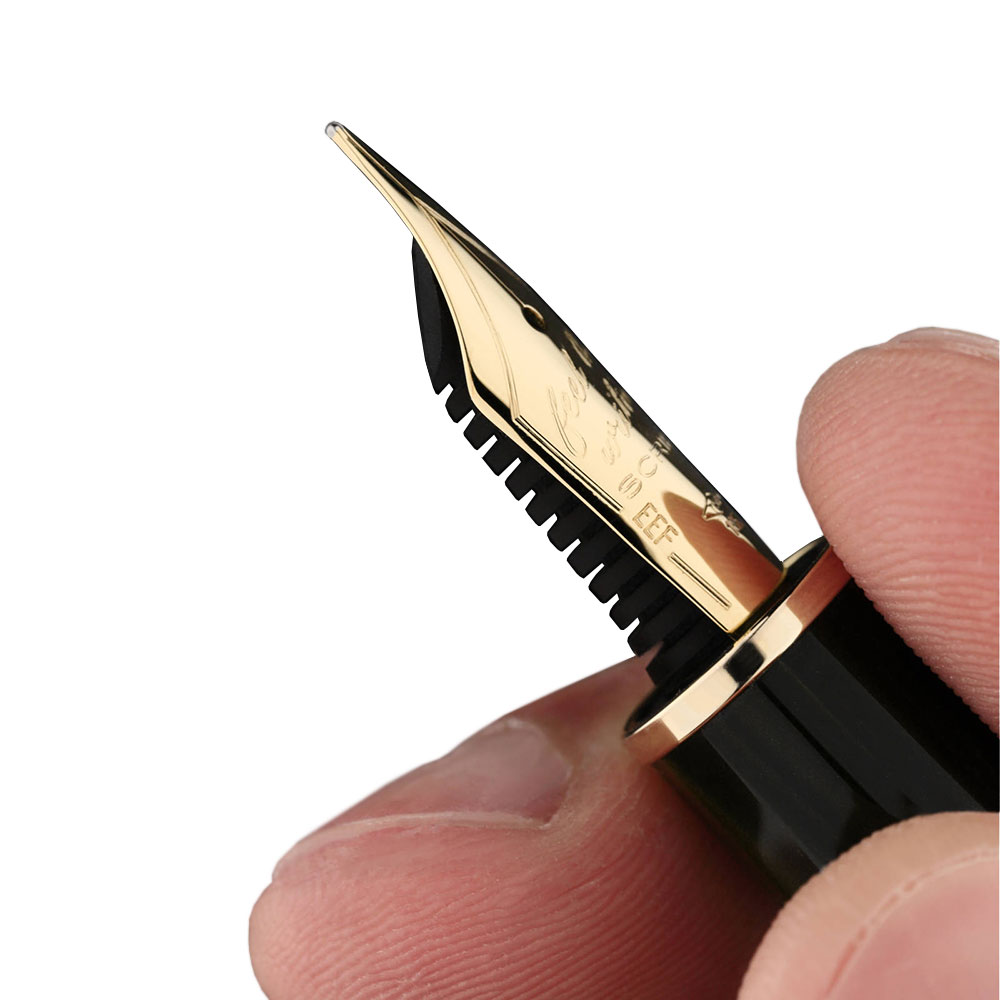History fascinates all of us and when it comes to the history of the pen industry’s giants we are even more intrigued. Today’s article reveals some of the most important stages of Waterman’s history. That said, join us on a journey back in time and let’s discover together some history passages.

Just before we dive into the details, we want to give you a little bit of background on the company. Waterman has a vast history behind and it’s one of the most recognised pen manufacturers in the world. As you may know today, the company is based in Paris, France but it wasn’t founded there from the beginning. Back in the days of 1884, it was founded at New York by Lewis Edson Waterman and the story behind it, wether it’s true or false, it’s at least interesting and inspiring at the same time.
From insurance broker to inventor
It is said that everything began with a malfunctioning fountain pen that Lewis Waterman, an insurance broker at that time, used to sign an important contract. The reservoir pen used by him failed to write, leaving a lot of ink on the contract. Such an unfortunate event led Mr. Waterman to expand his research on improving the fountain pen by designing a feed which could be fitted to the pen. This invention turned out being a better idea than the leaky reservoirs of the existing models on the market.

The first Waterman pen
The multi-feed approach involved a groove in the feed that would allow for the intake of air at the bottom of the groove and three narrow slits. Bubbles of air would be drawn in and gently force the ink from the barrel through the slits in an even flow to the nib of the pen. Called The Regular, Waterman’s first fountain pen had an interesting design emphasised by wooden accents. Patented in 1884, the pen had a 5-year warranty sources claim that Waterman sold four or five pens a week in the first year. Each pen was equipped with gold nibs obtained from regular suppliers and the vulcanised rubber components were manufactured in a factory from Connecticut which was purchased later for the Waterman Pen Company.

A salesman never loses its skills
In 1885, Lewis Waterman had moved his pen business on Lower Broadway and started an advertising campaign with the company name of Ideal Pen Company and used his sales skills to develop marketing strategies including inventive testimonials for his pens: “It never soils the fingers”, “It is always ready, without any pounding or shaking.” In 1900, the company attended the Paris Exhibition when it was awarded a gold medal for their products.
The man behind Waterman’s international success
When the founder died in 1901, his nephew took over the company. That was an important moment for Waterman and starting by then, the company experienced real international success. It was Waterman’s nephew that made Waterman the world’s largest producer of fountain pens and the market leader at the beginning of the 20th Century.


The beginning of the 20th Century found Waterman standing out with new innovations: at that time they introduced the clip on the cap and different loading mechanisms were tested in order to equip the pens. In 1903 the company introduced a special pump mechanism called the pump filler which was replaced seven years later with the sleeve filler. Then, in 1915, the lever filler replaced all the previous systems. Even though the beginning of the 20th Century represented the golden period for Waterman, the brand brought only a few innovations in the fountain pen industry and was popular only for the quality and reliability of their pens. This fact led the company to a period of depreciation which was also reflected in sales. In 1927 the company developed a new pen model made of ebonite to compete against the Parker Duofold which was made of celluloid, occasion on which Waterman created for the first time a new colour code for the identification of the nibs. Until then, the nibs were identified by their size number.

The first celluloid fountain pens of Waterman
By introducing the Patrician models in 1929, Waterman made its way to the first celluloid fountain pens which were some of the rarest models on the market with such unique and colourful patterns. Two worth mentioning models are the Onyx and the Moss Agate which even though were incredibly beautiful and well built didn’t have great sales because of the rather high cost and limited output for that period.


The Hundred Year model – a truly innovation
A model introduced in 1939 made from lucite in collaboration with the industrial designer John Vassos marked the transition to a slightly more modern design unlike the traditional approach Waterman was used to. Even though this fountain pen was an interesting novelty for the market, it was completely overshadowed by the succes of the Parker 51, two years later.

The company’s decline and Jules Isidor Fagard’s entrepreneurial skills
“Helped” by the introduction and growing success of the ballpoint pen, the company headed for a serious decline so that in 1954 the original American company was liquidated and the production plants were sold to BIC in 1959 for the production of ballpoint pens. It was Jules Fagard and its largely autonomous Waterman French branch (created in 1926 as JiF Waterman) who carried on the name of Waterman. If it had not been him, the name would have disappeared completely.
Waterman’s future after the leadership of Fagard
After Fagard’s leadership, it was the American giant – Gillette that bought Waterman in 1987 and sold all the pens at discount outlets allover the United States. Then, around 2000, Newell Rubbermaid bought the Gillette portfolio of writing products. That said, Parker, Waterman, and other writing instruments brands are now under the leadership of Newell Rubbermaid.
In the end, we’re wondering what are your thoughts on today’s Waterman fountain pens… Do you think they still produce fountain pens the same quality as they used to? Let us know in the comments section below.
Condividi:
- Click to share on X (Opens in new window) X
- Click to share on Facebook (Opens in new window) Facebook
- Click to share on WhatsApp (Opens in new window) WhatsApp
- Click to share on LinkedIn (Opens in new window) LinkedIn
- Click to share on Pinterest (Opens in new window) Pinterest
- Click to share on Telegram (Opens in new window) Telegram
- Click to email a link to a friend (Opens in new window) Email




Leave a Reply